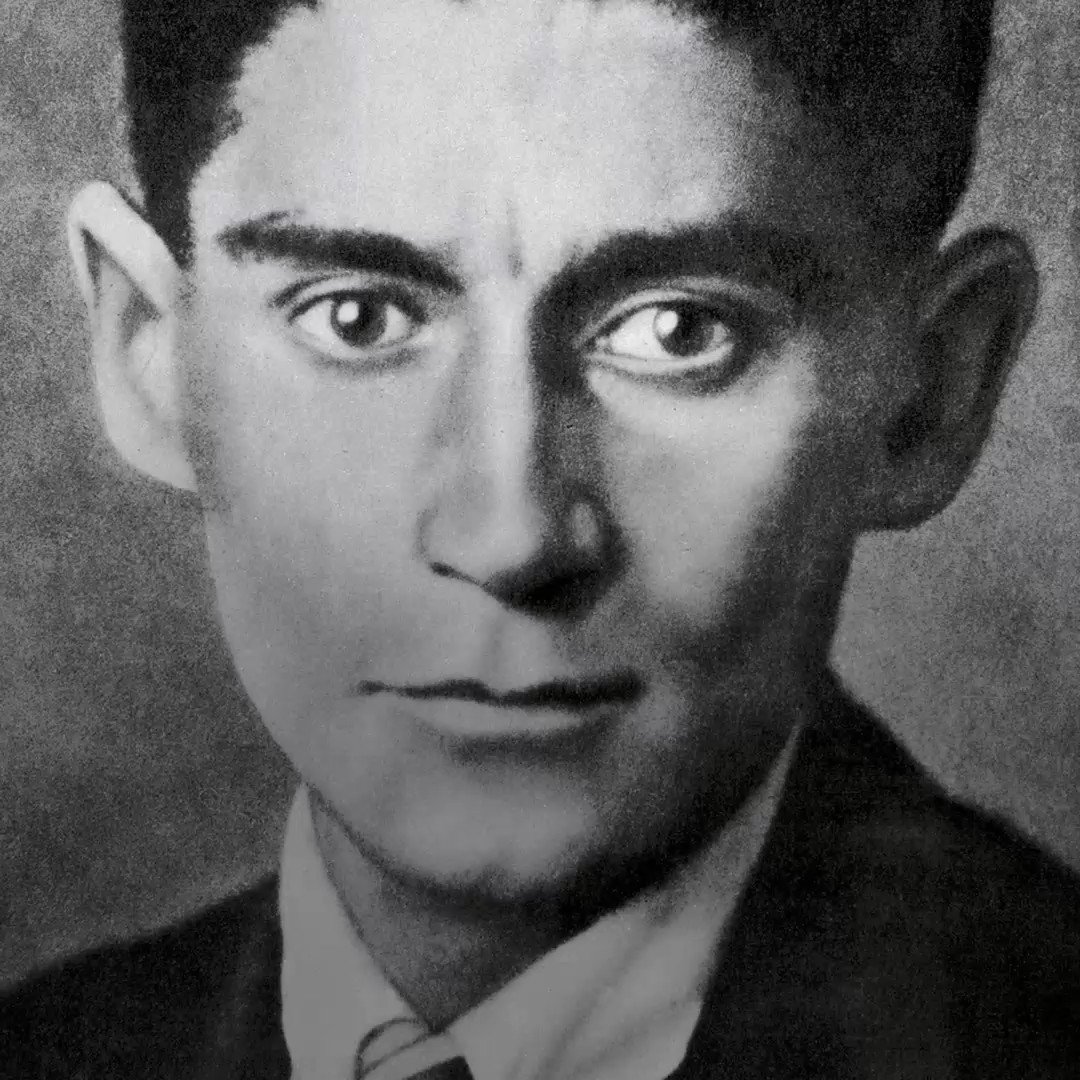

Putting all the arithmetic together concerning the length and width and height off the ground we would have Stangl attesting to a Holocaust body being cremated with a piece of wood about the size of a carton of cigarettes. Then we have from Stangl, ala Sereny's book him attesting to the dimensions of the cremation grill ("roaster") at Sobibor and up to 3,000 people at a time being cremated on the thing. Thus with Stangl's testimony alone we have it some 30,000 Jews a day were exterminated at just two camps. (We can have for Belzec up to 10,000 a day.) We can have it from this same Franz Stangl for when he came to beĬommandant at Sobibor they exterminated up to 15,000 a day there also. There were many days that the work lasted from the early Work lasted for about fourteen hours, 12,000 to 15,000 people wereĪnnihilated. "Regarding the question of the optimum amount of people gassed in oneĭay, I can state: according to my estimation a transport of thirtyįreight cars with 3,000 people was liquidated in three hours. One day, Franz Stangl, attesting to his days as commandant of Treblinka, answered:
#FRANZ STANGL DETAIL TRIAL#
When asked during his later trial how many people could be murdered in As far as I can see it's nothing more than some talk about how the person Stangl moralized on what he is said to have done and nothing in way of any details.

I won't bother asking what 'frank' means. The part pasted here has been slightly edited from the one in the referred to thread. Actually in the past I did much longer treatment on what Stangl said about cremating Jews on "roasters" (rail tracks laid and stanchions) with the bodies on top. Here's a portion of my reply in the thread referred to by Hannover. Perhaps the Jews were meant to have this enormous jolt to pull them together to create a people to identify themselves with each other." One could scarcely imagine a more perfect answer had it been invented. When asked whether he thought there had been "any conceivable sense in this horror," the former Nazi commandant supposedly replied with enthusiasm: "Yes, I am sure there was.
#FRANZ STANGL DETAIL SERIES#
"That racial business was just secondary." The series of interviews are supposed to have ended on a highly dubious note indeed. The statement which certainly robs the Stangl memoirs of any vestige of authenticity is his alleged reply when asked why he thought the Jews were being exterminated: "They wanted the Jews' money," is the answer. To literally believe this account of sinking "kneedeep" in Jewish bank-notes and precious stones amid thousands of putrefying corpses and lurching, singing prostitutes would require the most phenomenal degree of gullibility, and in any circumstances other than the Six Million legend it would be dismissed as the most outrageous nonsense. They were everywhere, strewn all over the square." The scene is completed by "whores from Warsaw weaving drunk, dancing, singing, playing music", who were on the other side of the barbed wire fences. I waded in papernotes, currency, precious stones, jewellery and clothes. it looked as if it had been there for days." The account reaches the heights of absurdity when Stangl is alleged to have got out of his car and "stepped kneedeep into money: I didn't know which way to turn, which way to go.
#FRANZ STANGL DETAIL FULL#
As he drew into the railway station there, he is supposed to have seen "thousands of bodies" just strewn around next to the tracks, "hundreds, no, thousands of bodies everywhere, putrefying, decomposing." And "in the station was a train full of Jews, some dead, some still alive. These alleged reminiscences are certainly the goriest and most bizarre yet published, though one is grateful for a few admissions by the writer of the article, such as that "the evidence presented in the course of his trial did not prove Stangl himself to have committed specific acts of murder" and that the account of Stangl's beginnings in Poland "was in part fabrication." A typical example of this fabrication was the description of Stangl's first visit to Treblinka. He died a few days after the interviews were concluded. These were published in an article by the London Daily Telegraph Magazine, October 8th, 1971, and were supposed to derive from a series of interviews with Stangl in prison. The latest reminiscences to appear in print are those of Franz Stangl, the former commandant of the camp at Treblinka in Poland who was sentenced to life imprisonment in December 1970.


 0 kommentar(er)
0 kommentar(er)
